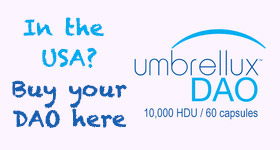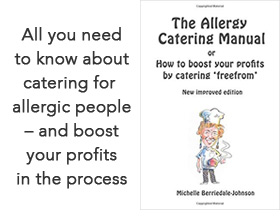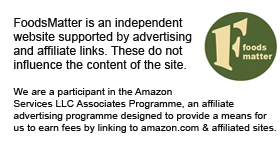In a recent study Dr Lara Ford and her colleagues at the Mount Sinai School of Medicine in New York analysed 401 foods from supermarket shelves, ranging from baking mixes to pasta. Of these, 228 had ‘may contain’ labels for peanuts, milk, or eggs. All the products to see if they were contaminated any of the three allergens.
About 5% of foods with ‘may contain’ labels had traces of allergens, compared to 2% of foods without labels. In all, 5 out of 232 products the tested were contaminated with peanuts, 10 out of 193 with milk, and 4 out of 174 with eggs.
The highest levels of contamination were 5.8 milligrams per serving for peanuts, 7.3 mg per serving for milk, and 0.26 mg per serving for eggs although, because thresholds for these allergens are still unknown, it is impossible to say whether these levels could have been dangerous.
Products from smaller companies were also about seven times more likely to be contaminated with allergens than products made by larger companies probably because small manufacturers are using the same equipment for allergen-free and allergen-containing products and have less sophisticated cleaning processes.
More research urgently needs to be done to find out what level of contamination is actually harmful to people with allergies so as to guide labeling decisions to make foods safe for allergic people but as unrestrictive as possible.
Letter to the Journal of Allergy and Clinical Immunology
First published in August 2010
Click here for more research reports
Top of page |










